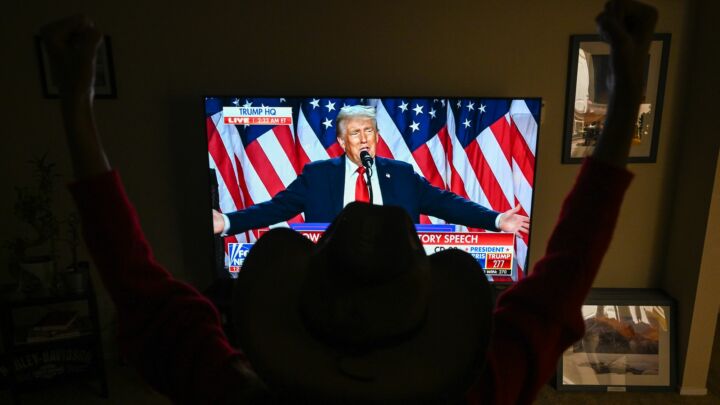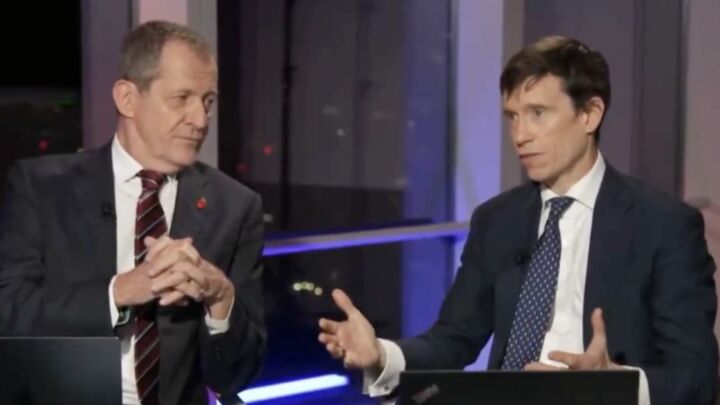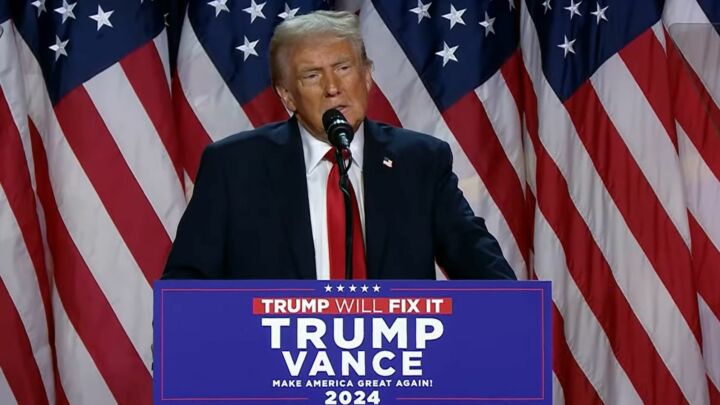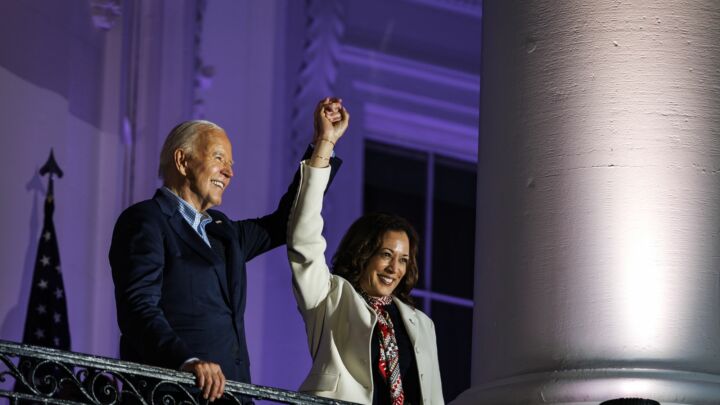London Day: why?
How the Greater London Authority staged an event for 'real people'.

Want to read spiked ad-free? Become a spiked supporter.
On the first birthday of the Greater London Authority (GLA), said London mayor Ken Livingstone, he had a choice: to hold a ‘big banquet for people who have already eaten enough’, or to hold an event ‘for the people who make London run’. The choice, as New Labour might say, was clear.
And so 150 Londoners involved in public services or community-based activities were invited to a reception at the Great Court of the British Museum. In the words of one GLA official, ‘the mayor is recognising the contribution of every Londoner to London’. He continued: ‘Ordinary Londoners – that’s what London is about.’
Around architect Norman Foster’s civic circle, to the chimes of the Mangrove steel band, here was Ken’s desired hubbub of ordinariness and diversity. A police officer talking to a woman in bright pink African dress, Ken flitting around thanking everybody. Ken said he had written to community organisations saying, ‘send us, not the bosses and bureaucrats, but the people who actually do something’.
As the managing editor of a community paper pointed out to me, there was a faux radicalism about all of this. Ken pointed to the museum reading room ‘where Karl Marx sat when he planned a great revolutionary new world’ – drawing a link between that and his own activities. ‘Why is Tesco paying for the wine?’, asked the newspaper editor. ‘There is an agenda to everything.’ What’s the agenda? ‘Propoganda’, he replied, without pause. On cue, a woman appeared in a wheelchair and Ken leant over her like a concerned father. The cameras flashed.
As well as the digs at the bosses and bureaucrats, Ken intimated that the event would ‘upset the Daily Mail and the Evening Standard‘. What was that all about? ‘I don’t know’, shrugged a GLA press officer. ‘The Standard wrote an okay piece, and the Daily Mail hasn’t covered it.’
The GLA is an organisation without much of a mission and with even fewer powers, desperately searching for something to justify its existence. (Its major achievement to date has been to ban pigeon-feeding in Trafalgar Square.) Dressing in the garb of ‘the people’, then, seems like one way in which it can give its life some meaning. On the evening, a blue ‘Lond’ and a red ‘on’ floated around on the wall of the Great Court. The ‘on’, a GLA official told me, can be any cultural symbol, depending on the event – if it was an Irish event, it would be a shamrock; if it was an event for deaf people, it would be a signing symbol. The GLA brand is made of whichever cultural group they happen to have got together on that particular evening.
But any attempt to brand an essentially bureaucratic institution as a community of ‘real people’ is bound to be contrived. One GLA strategy officer worried that ‘some people here tonight are a bit bemused’. They were just ‘plucked out of a community group, they’re not quite sure why they are here, or who nominated them’.
And London communities, in any case, seem to be largely creations of the GLA’s imagination. One of the invitees was Roy Allen, who, the blurb informed us, had spent 40 years repairing London buses – Roy was ‘highly respected, both within Metroline and the garage community’. The garage community?
While communities are invented, so are divides. One of the ideas floating around at the event was that people in London don’t normally relate to each other, and the GLA should make that communication possible. ‘Cross fertilisation’ is the aim, said the GLA strategy officer. Like ‘getting outer London to talk to inner London, north London to south London’. ‘Some white people don’t talk to black people’, said a local authority volunteer. ‘We need to get people to talk to each other.’ All hail to the GLA – the facilitator of inter-London friendships.
‘I don’t want to stick labels on people’s backs’, cautioned the GLA strategy officer. But this is surely inevitable, if people are seen, not as individuals or Londoners, but as representatives of this or that ‘community’.
The event ‘needed something more’, said the strategy officer. ‘I don’t know what.’ Perhaps ‘more structure’ or ‘more information, so people knew what to expect’, or ‘a discussion’. Perhaps ‘political theatre’ or a ‘live art film projected on to the side of the Great Court’ – he swept his arm, in a grand vision of infinite possibility.
But what Londoners need is less. Less patronising with contrived displays of ‘real’ Londoners, less faux radicalism – and fewer aimless bureaucrats with too much time on their hands.
Celebrate 25 years of spiked!
A media ecosystem dominated by a handful of billionaire owners, bad actors spreading disinformation online and the rich and powerful trying to stop us publishing stories. But we have you on our side. help to fund our journalism and those who choose All-access digital enjoy exclusive extras:
- Unlimited articles in our app and ad-free reading on all devices
- Exclusive newsletter and far fewer asks for support
- Full access to the Guardian Feast app
If you can, please support us on a monthly basis and make a big impact in support of open, independent journalism. Thank you.






Comments
Want to join the conversation?
Only spiked supporters and patrons, who donate regularly to us, can comment on our articles.